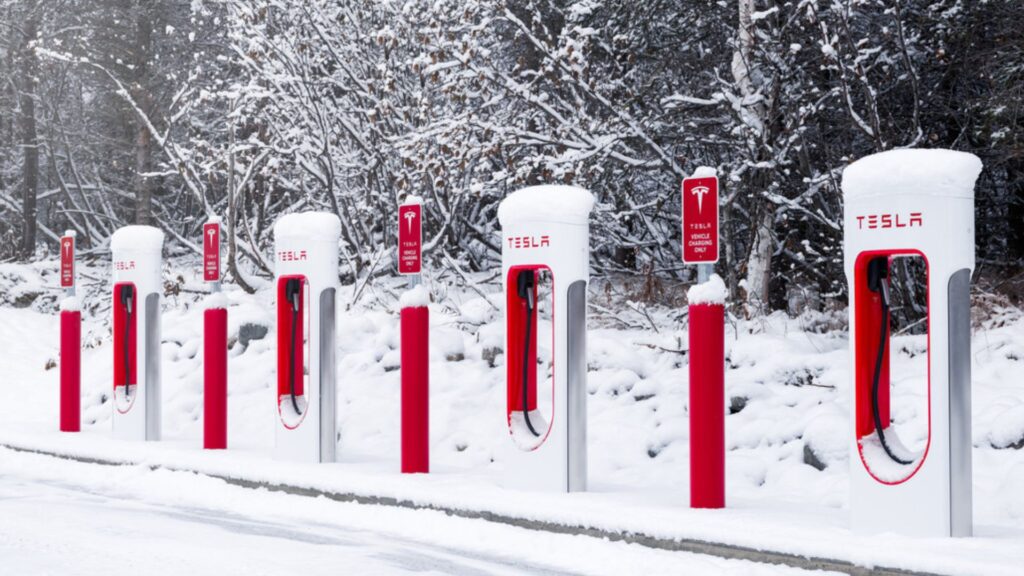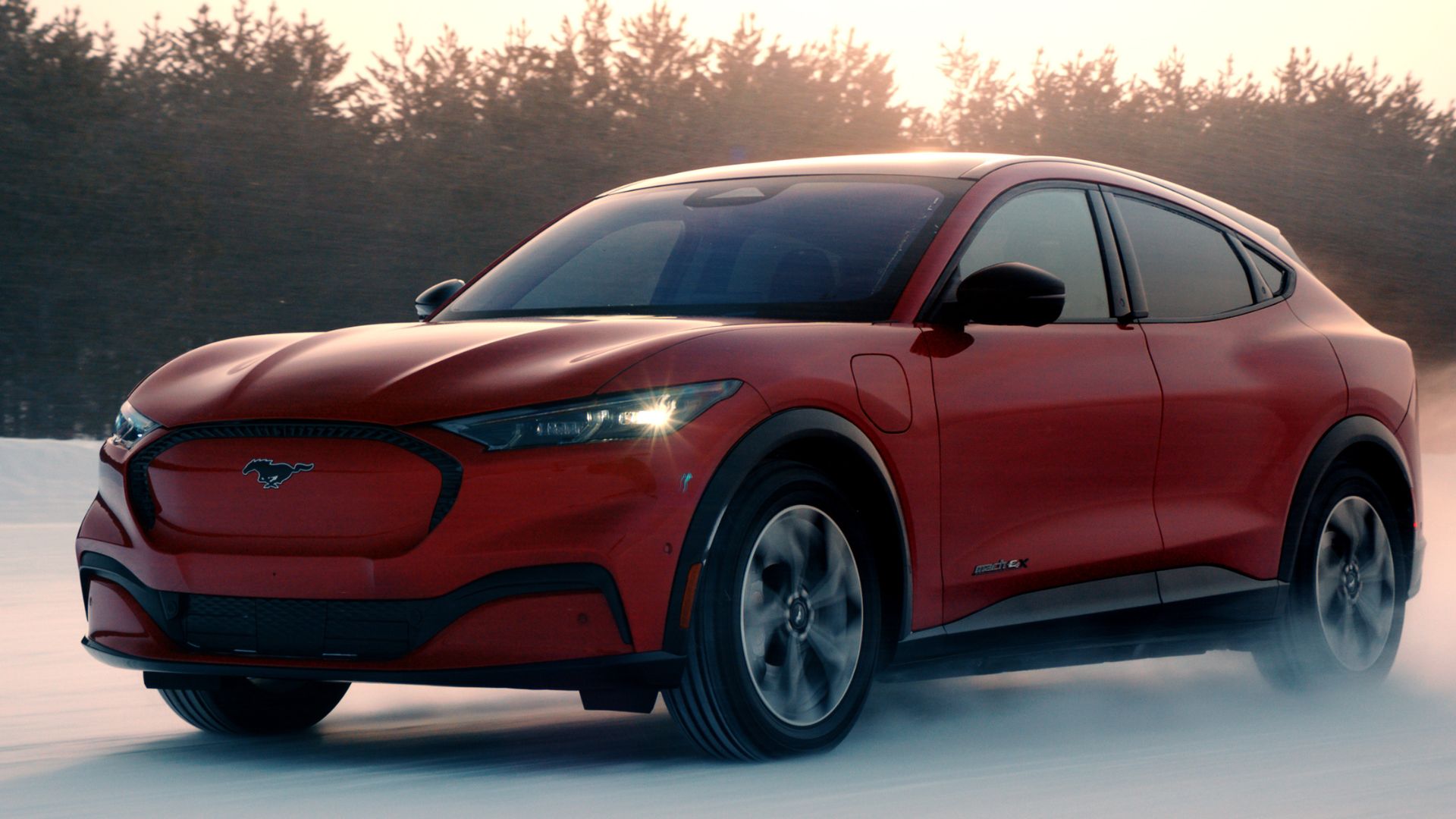Are EVs actually good for driving in cold temperatures?
With the adoption of electric cars increasing over time, controversy about their ability to handle extreme weather conditions is also on the rise with driving range as one of the central topics. The stakes are high as EV advocates push for mandates which will force people into electrification whether they like it or not. Plus, there’s plenty of money on the line for different parties which seek to profit from such a sweeping transition, a fact which is guaranteed to muddy up the water.
Learn more about electric cars and fire risk here.
A story published by The Globe And Mail details out cold endurance testing performed by The Norwegian Electric Vehicle Association at the Lapland Proving Ground, which is located in northern Finland. There, temperatures can sink to 30 below or even lower. Several EVs were locked in cold storage overnight at negative 40 and three wouldn’t start the next morning. It was an extreme test but it’s one that points out a vulnerability of electric vehicles.
That article points out that even diesel cars struggle in the extreme cold of the area. People will leave them idling in grocery store parking lots to keep the fuel from turning to gel. That said, they work better than EVs, making adoption of the new technology slower there than in southern Finland.

EVs not starting in brutally cold weather isn’t the only concern. Many people talk about range dropping dramatically as temperatures take a dive in the winter, fueling concerns about being trapped on the side of the road. Fox Weather spoke with a spokesman from AAA Northeast about this perception who dismissed the “bad rap” electric cars have.
That AAA Northeast spokesman did admit his organization did cold weather testing at 20 degrees, finding range on EVs might drop 41%. That’s not the kind of information which would soothe people’s anxiety, but he followed that up with pointing out the Norway Automobile Association did its own test and found range only dropped 20%. Note he didn’t say if the temperature was the same, but even if it was the fact EV range drops at all in winter conditions is the concern, something the guy doesn’t seem to grasp at all.

An Axios writer detailed out her less-than-pleasant experience doing a cross-country road trip in an EV. As she drove from Florida to Michigan and temperatures dropped, she was shocked to realize the driving range estimate on her car also decreased. Cabin heating had to be sacrificed, the car started recycling the cabin air and blocking outside air to keep the passengers warm, however that fogged up the windows. The intrepid EV travelers barely made it to a charger, then had to sit in winter conditions for 35 minutes to get the battery up to 82% charge. In other words, traveling in an electric vehicle in the winter is dangerous, inconvenient, and uncomfortable – sign us up!
But wait, there’s one more danger in EVs most people don’t ever hear about: a lack of AM radio. That’s not a joke, as some former heads of FEMA have pointed out emergency alerts and warnings are often communicated over AM radio bands. Automakers have deleted AM radio from electric cars thanks to signal interference being a problem, apparently putting vehicle owners at risk in a natural disaster. It sounds crazy but add that to the list of problems with driving an EV in winter conditions.
Images via Ford, YouTube, Tesla

























